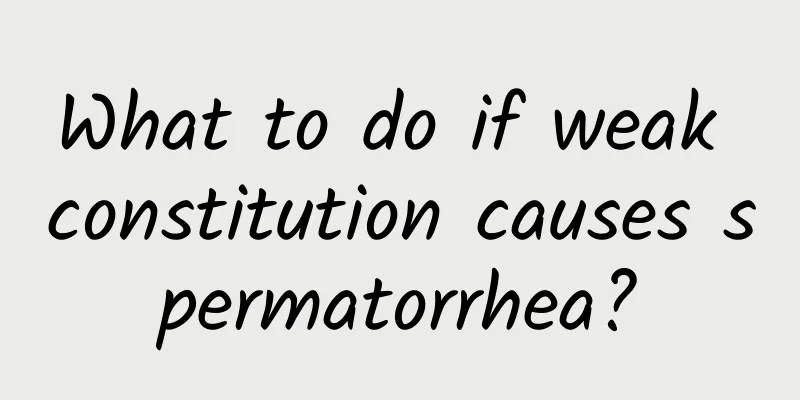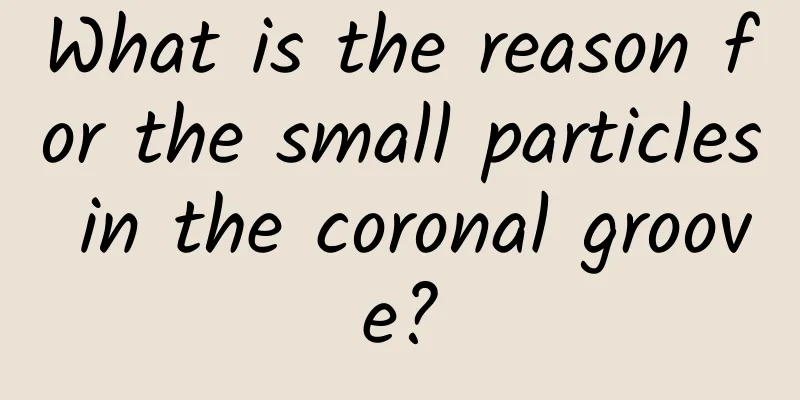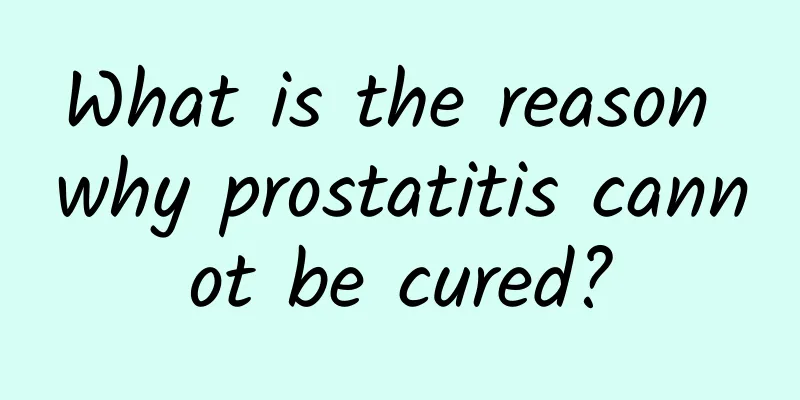What medicine should I use for prostate?

|
Prostatitis is a common disease among men. There are many causes of prostatitis, generally due to inflammation of the urethra or bacterial infection. It can be treated with medication, such as analgesics and anti-inflammatory drugs, or physical therapy. 1. Antimicrobial therapy The detection of pathogenic pathogens in prostatic fluid culture is the basis for selecting antibacterial drug treatment. If patients with non-bacterial prostatitis have signs of bacterial infection and general treatment is ineffective, they can also be appropriately treated with antibacterial drugs. When choosing antibacterial drugs, it is necessary to pay attention to the presence of a prostate-blood barrier composed of lipid membranes between the prostate acini and the microcirculation. The barrier prevents the passage of water-soluble antibiotics, greatly reducing the treatment effect. When prostate stones are present, the stones can become a shelter for bacteria. The above factors constitute the difficulty in the treatment of chronic bacterial prostatitis, which requires a longer course of treatment and is prone to recurrence. Currently, quinolone drugs such as ofloxacin or levofloxacin are recommended. If ineffective, continue to use it for 8 weeks. If recurrence occurs and the bacterial species remains unchanged, switch to preventive doses to reduce acute attacks and relieve symptoms. If long-term use of antibiotics induces serious side effects, such as pseudomembranous colitis, diarrhea, and the growth of intestinal resistant strains, the treatment plan needs to be changed. Whether non-bacterial prostatitis is suitable for treatment with antibacterial drugs is still controversial in the clinic. Patients with "aseptic" prostatitis can also use drugs that are effective against bacteria and mycoplasmas, such as quinolones, SMZ-TMP or TMP alone, used in combination with tetracycline and quinolones or used intermittently. If antibiotic treatment is ineffective and it is confirmed to be aseptic prostatitis, antibiotic treatment should be discontinued. In addition, using a double balloon catheter to block the prostatic urethra and injecting antibiotic solution from the urethral cavity back into the prostatic duct can also achieve the purpose of treatment. Type I is mainly treated with broad-spectrum antibiotics, symptomatic treatment and supportive treatment. Type II is recommended to be treated with oral antibiotics, and sensitive drugs are selected. The course of treatment is 4 to 6 weeks, during which the patient should be evaluated for the efficacy. Type III can first take oral antibiotics for 2 to 4 weeks and then evaluate the efficacy. At the same time, non-steroidal anti-inflammatory drugs, α receptor antagonists, M receptor antagonists, etc. are used to improve urination symptoms and pain. Type IV does not require treatment. 2. Anti-inflammatory and analgesic drugs Nonsteroidal anti-inflammatory drugs can improve symptoms. Generally, indomethacin is taken orally or in suppositories. Chinese medicines that use anti-inflammatory, heat-clearing, detoxifying, and hardness-softening drugs also have certain effects. Allopurinol can reduce the concentration of uric acid in the whole body and prostatic fluid. In theory, it can be used as a free radical scavenger, and it can also remove active oxygen components, reduce inflammation, and relieve pain. It is an optional auxiliary treatment method. 3. Physical therapy Prostate massage can empty the concentrated secretions in the prostate duct and drain the infection focus in the obstructed area of the gland. Therefore, for stubborn cases, prostate massage can be performed every 3 to 7 days while using antibiotics. A variety of physical factors are used for prostate physiotherapy, such as microwave, radio frequency, ultrashort wave, medium wave and hot water sitz bath, which are beneficial for relaxing the prostate, posterior urethral smooth muscle and pelvic floor muscle, enhancing antibacterial efficacy and relieving pain symptoms. 4.M receptor antagonists M receptor antagonists can be used to treat prostatitis patients with symptoms of overactive bladder, such as urgency, frequency, and nocturia, but without urinary tract obstruction. |
<<: What is the treatment for male urinary incontinence?
>>: What are the pros and cons of circumcision?
Recommend
What causes small bumps inside the foreskin?
Male friends should certainly not ignore the issu...
Mucus when the penis is erect
Every male compatriot will have an erection after...
What causes kidney pain during ejaculation?
We all know that semen is very important to men. ...
How can boys get rid of acne and acne marks? A few tips to get rid of acne without leaving marks
Many people can't help but squeeze pimples wh...
What are the specific medicines for treating prostatitis?
The main reason why many men suffer from prostati...
What happens if a boy holds back his semen?
Sex life is the premise of every happy family. On...
How long does it take for prostate fluid bacterial culture to produce results?
Semen bacterial culture is mainly to detect the t...
Difficulty achieving or maintaining an erection
Many men have difficulty in getting an erection o...
Why does the prostate hurt? See if you are nervous!
Prostate pain? Yes, this is a problem that men ar...
Acupuncture points for impotence
Many people may have heard of impotence, which is...
What to eat is good for the kidneys
The most important thing for men is the kidneys. ...
Men who like fitness have these advantages!
Many women think that it is not good to find a ma...
Pain at the base of the penis
Men have more responsibilities than women in life...
Male pubic hair itching
Some men often do not pay attention to personal h...
What are the hazards of phimosis?
For male patients, the most feared thing is to ge...









